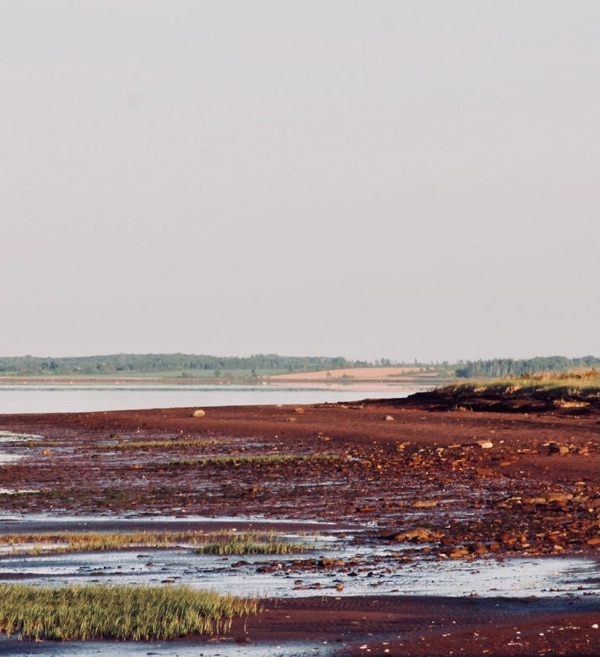Marcher : une participation tranquille en place
DOI :
https://doi.org/10.25071/1916-4467.40602Mots-clés :
la marche, le métissage, l’herméneutique, le lieu, la participation tranquilleRésumé
Nous réfléchissons aux expériences que nous avons vécues en travaillant, en vivant et en marchant aux côtés de nos étudiants. Nous interprétons ces expériences pour révéler les silences en jeu alors que nous marchons des histoires ensemble et nous nous adaptons aux lieux que nous créons et habitons. Nous fondons notre exploration du lien entre la marche et le curriculum dans l'écriture de la vie et le métissage littéraire (Hasebe-Ludt et al., 2009). Tout au long, nous nous inspirons d'Abram (1996) pour explorer la notion de marche en tant que participation silencieuse, que nous caractérisons comme une harmonisation corporelle les uns envers les autres et le monde plus qu'humain, et nous signalons ses possibilités pour la façon dont nous travaillons et vivent côte à côte.Références
Abram, D. (1996). The spell of the sensuous. Vintage Books.
Abram, D., & Jardine, D. (2000). All knowledge is carnal knowledge: A correspondence. Canadian Journal of Environmental Education, 5(1), 167-177. https://cjee.lakeheadu.ca/article/view/307
Berger, J., & Mohr, J. (1982). Another way of telling. Vintage Books.
Bird, D. M. (Ed.). (2010). Birds of Canada. Dorling Kindersley.
Cajete, G. A. (2017). Children, myth and storytelling: An Indigenous perspective. Global Studies of Childhood, 7(2), 113-130. DOI: https://doi.org/10.1177/2043610617703832
Cariou, W. (2014). Edgework: Indigenous poetics as re-placement. In N. McLeod (Ed.), Indigenous poetics in Canada (pp. 31-38). Wilfred Laurier University Press.
Casey, E. S. (2015). Skin deep: Bodies edging into place. In R. Kearney & B. Treanor (Eds.), Carnal hermeneutics (pp. 159-172). Fordham University Press. DOI: https://doi.org/10.5422/fordham/9780823265886.003.0009
Derby, M. W. (2015). Place, being, resonance: A critical ecohermeneutic approach to education. Peter Lang. DOI: https://doi.org/10.3726/978-1-4539-1656-8
Hasebe-Ludt, E., Chambers, C. M., & Leggo, C. (2009). Life writing and literary métissage as an ethos for our times. Peter Lang.
Helesic, D. (2015, May 28). The fairy folklore of Newfoundland. Canadian Living. https://www.canadianliving.com/life-and-relationships/travel/article/the-fairy-folklore-of-newfoundland
Jardine, D. (1998a). Birding lessons and the teaching of cicadas. Canadian Journal of Environmental Education, 3(1), 92-99. https://cjee.lakeheadu.ca/article/view/340/298
Jardine, D. (1998b). To dwell with a boundless heart: Essays in curriculum theory, hermeneutics and the ecological imagination. Peter Lang.
Kearney, R. (2015). The wager of carnal hermeneutics. In R. Kearney & B. Treanor (Eds.), Carnal hermeneutics (pp. 15-56). Fordham University Press. DOI: https://doi.org/10.5422/fordham/9780823265886.003.0001
Kimmerer, R. W. (2013). Braiding sweetgrass: Indigenous wisdom, scientific knowledge and the teaching of plants. Milkweed.
Leeson, T. (1994). The habit of rivers. Penguin.
Merleau-Ponty, M. (1968). The visible and the invisible (A. Lingis, Trans.). Northern University Press.
Pyne Feinberg, P. (2016). Towards a walking-based pedagogy. Journal of The Canadian Association for Curriculum Studies, 14(1), 147-165 https://jcacs.journals.yorku.ca/index.php/jcacs/article/view/40312
Rieti, B. (1991). Strange terrain: The fairy world in Newfoundland. Institute of Social and Economic Research, Memorial University of Newfoundland.
Téléchargements
Publié-e
Comment citer
Numéro
Rubrique
Licence
© Josh Markle, Sharon Pelech 2021 
Copyright for work published in JCACS belongs to the authors. All work is licensed under a Creative Commons Attribution-ShareAlike 4.0 International license.


